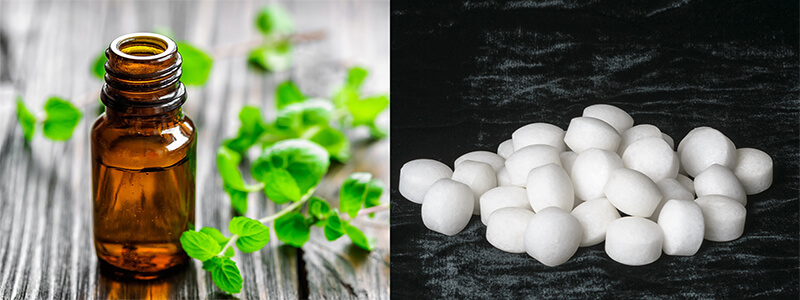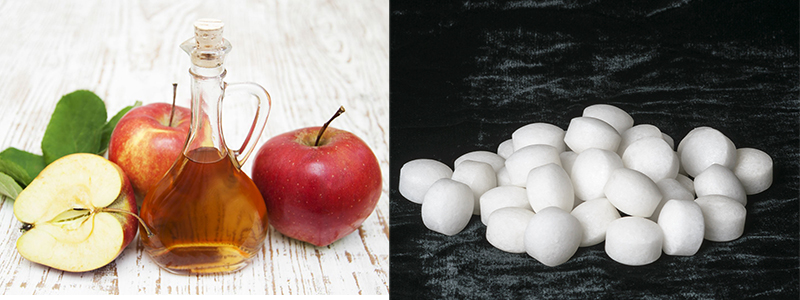Camphor, derived from the camphor laurel tree, is an effective insect repellent and deodorizer. However, not many people know what camphor is, its characteristics, specific uses, and important precautions.
If you’ve ever used camphor to keep cockroaches at bay in your wardrobe, you should learn more about its proper use and discover a clever trick to repel mice.
1 What is Camphor?
Camphor, also known as Borneo camphor, is a waxy, white crystalline substance, although it is now produced in various colors. It is primarily used to eliminate foul odors and repel insects such as flies, mosquitoes, cockroaches, and mice.
Camphor, commonly known as Borneo camphor, is a waxy, white or colorful solid with a strong, characteristic aroma.
Camphor is naturally found in the wood of the camphor laurel tree and is a type of terpenoid known for its deodorizing and insect-repelling properties. It can also be synthesized from pine resin.
Since 1907, camphor has been available in fully synthetic form, industrially produced from Naphthalene or Diclobenzen. Compared to Naphthalene, camphor derived from Diclobenzen is less toxic to humans, but its production is more costly, making it less common.
Nowadays, camphor is widely used to repel insects such as flies, mosquitoes, cockroaches, and even mice.
2 Using Camphor to Repel Mice
Place a few pellets of camphor (Borneo camphor) in an aluminum cage and position it as desired. This will effectively keep mice from scurrying around your home. You can also combine camphor with other ingredients for better results.
Direct Use
The simplest method is to use camphor directly. Place the pellets in a mesh bag and put it where you want to keep mice away. This will ensure they don’t venture near those areas.
Camphor and Mint
Mice are highly adaptable, so if you’ve been using camphor for a while, you may notice their return.
Add 10 drops of peppermint essential oil to the camphor pellets and place them in an aluminum cage. The peppermint oil will diffuse, freshening the air while working together with camphor to repel mice.
For more details, refer to the following article:
 Camphor and Mint
Camphor and Mint
Camphor Powder
Sprinkle a small amount of camphor powder in areas where mice frequently run. If they ingest the powder, it will cause blockage and breathing difficulties. Additionally, the powder will help repel insects when dispersed in the air. However, keep it out of reach of children.

Camphor and Diluted Vinegar
If you have young children at home, mix camphor powder with diluted vinegar. The vinegar will neutralize the toxicity of camphor for children, but it will create a scent that mice find repulsive. Spray the solution in corners and crevices where mice frequent, especially along damp walls.

4 Precautions when using Camphor
As camphor is toxic and can be harmful to health if misused, users should take note of the following:
– Avoid using camphor in poorly ventilated areas. If you must use it in an enclosed space, limit the quantity to one or two pellets, and open the space quickly when removing items to avoid inhaling toxic fumes.
– Do not use camphor for deodorizing rooms, toilets, or living environments as the vapor can accumulate and lead to health issues if inhaled regularly over extended periods.
– Camphor has a sweet scent and a candy-like appearance, so keep it out of the reach of children to prevent accidental ingestion, which can be dangerous.
– When using camphor in wardrobes, air out the clothes in the sun to eliminate any residual camphor scent, especially for children’s clothing, as the smell can linger and be absorbed through the skin.
– If possible, opt for camphor derived from Diclobenzen to reduce toxicity and enhance safety.
For further reading: 12 effective ways to keep your home pest-free
Maintain cleanliness in your home and its surroundings. Spray the camphor and vinegar solution weekly to ensure mice stay away. For more mouse-repelling tips, check out the article “Mice will run for the hills with these simple home remedies.”



































